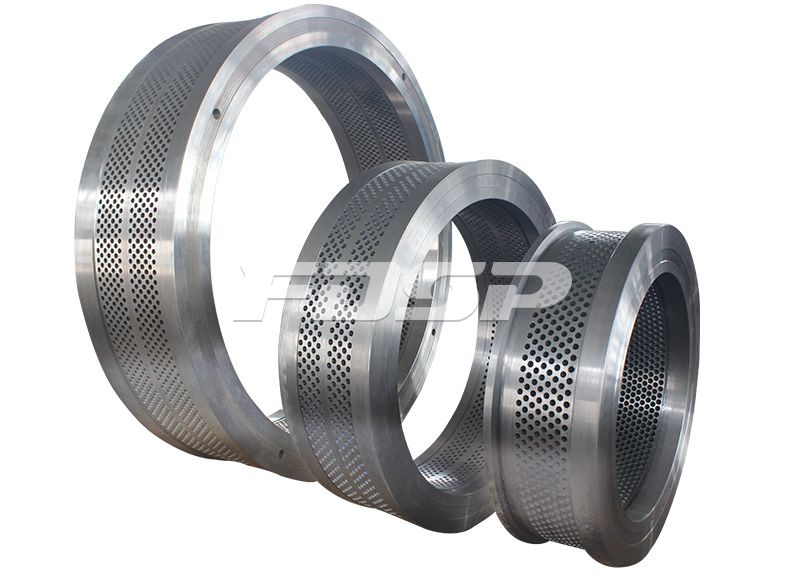The factors affecting the output of feed processing equipment were analyzed
2021-05-18

There are many factors that affect the output of feed processing equipment. First, let's analyze the key factors that affect the output of the pelletizer during the pelleting process:
1. Raw material factors: If the raw material particle size is too coarse, it will increase the wear of the ring die and the pressing roller, and the pelletizing and forming will be difficult. Especially the pelletizing and forming of the small aperture ring die is more difficult, and may cause the material gelatinization effect, resulting in low output, The material consumption is high, and the particle powder content is high. Therefore, for different feed formulations and different raw material varieties, only when different mixing times are used according to the actual situation, and the uniformity variation coefficient of mixing reaches 5%, can the granulation be processed.
2. In order to control the feed flow rate, if the ring die pellet mill is to work continuously and at full load without stopping, it is necessary to ensure that the flow rate of the material entering the pelletizer fully meets the pelletizing needs. Generally speaking, the pelletizer runs smoothly. , When the feed gate is fully opened, the steam is fully supplied, the feeder speed is adjusted to the rated value and the main motor drive does not reach the rated electric value, it can be concluded that the incoming material flow is insufficient.
3. The production operation correctly controls the gap between the pressure mold and the pressure roller. For the sake of prudent safety, your hands should be tightly held at the position of the handle of the discharge door outside the machine, first let some materials enter the mold, and then observe whether the particles are smoothly ejected from the mold, and always pay attention to the current changes. If the particles are normal but do not reach the rated flow, then the material flow and velocity can be increased, and the amount of steam will be increased accordingly.
4. Ring die Generally speaking, the compression ratio of the die aperture is related to the material size, friction coefficient, moisture content, buffer time of the plastic deformation part of the material and the compressibility of the material between the material and the wall of the die. These characteristics are related to the compressibility of the material. The die diameter is closely related to the hole depth. The compression ratio of the die is small, the length of the die hole is short, the pressure on the material in the forming process is small, and it is easy to extrude the ring die. Therefore, the output is high, but the produced particles have a high powder content and a loose and uneven appearance. ; On the contrary, the longer the length of the compression hole, the greater the pressure on the material in the die hole, and the correspondingly produced feed pellets will have high compactness, smooth pellet quality and low powder content, but the output of feed processing machinery will be low. Electricity consumption per ton increases accordingly. Therefore, feed manufacturers must choose ring dies with different aperture ratios when producing pellets of different varieties and specifications.